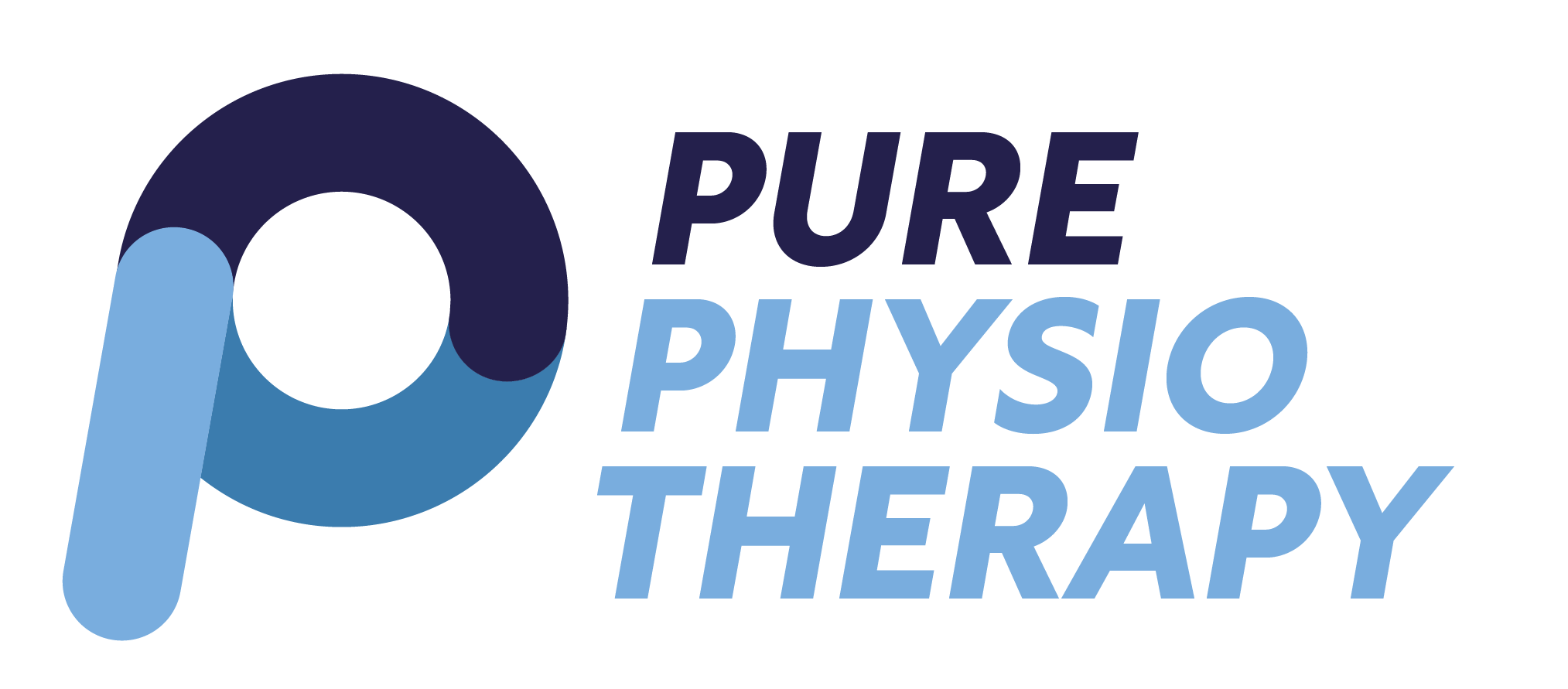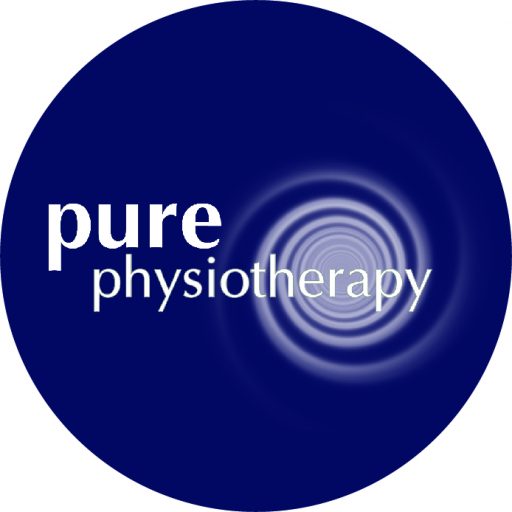Running is one of the most popular forms of exercise globally. In fact, according to research from expert David Lange, when writing for statista.com between November 2018 and November 2019, approximately 6.8 million people in England went running at least twice within 28 days. Which is great news as it’s common knowledge that exercise is good for our health, but what does the scientific literature tell us about running and our health?
Running and Health
To start with, running is associated with improved markers of cardiometabolic health. Guo and colleagues report that poor cardiometabolic health begins with insulin resistance, which can progress to pre-diabetes, and finally to more sinister conditions including cardiovascular disease and type 2 diabetes. It is not just cardiometabolic health that is positively impacted, Pedisic and colleagues found runners had a 27%-30% lower risk of all-cause, cancer and cardiovascular mortality, compared with non-runners. Interestingly, these authors analysed whether different ‘doses’ of running were associated with mortality risk. They found no significant increases or decreases in mortality benefits for increased frequency, duration, pace, or total volume of running. The take-home message from this piece of research is that significant associations with a lower risk of mortality were found for running even just once a week or 50 minutes a week.
“Numerous studies have shown that runners have lower rates of knee OA than sedentary people”
Joint Pain
Runners with joint pain often seek the advice of medical professionals. Sometimes these individuals are advised to stop due to the ‘repetitive’ or ‘high impact’ nature of running. Whilst there is no escaping from the fact that running increases demands (3-5 times bodyweight through the knees), the evidence supporting that it damages joints lacks robustness. In fact, Horga and colleagues report that marathon running/training might be beneficial as they found a potential protective effect on the development of knee osteoarthritis (OA). This sentiment is echoed by Runner’s World who report that: “numerous studies have shown that runners have lower rates of knee OA than sedentary people. For example, in one study that followed runners and non-runners for almost 20 years, X-rays showed signs of arthritis in the knees of 20% of the runners, but 32% of the non-runners” (Runner’s World, para 3).
Preventing Injury
This isn’t to say that running does not contribute towards injury, it can. The human body is one big kinetic chain and running involves multiple joints moving simultaneously and like many injuries, those associated with running tend to be related to overuse. A key component of preventing and managing injuries is understanding the equilibrium that should exist between training load and an individual’s ability to handle that load. Cook and Docking highlight the importance of an individual’s ability to tolerate load throughout this chain. One’s ability to tolerate load whilst running is dependent on a host of variables including but not limited to strength, movement control, flexibility and technique.
Sleeping less than 8 hours per night has been shown to increase the risk of injury
As humans we are not just physiological beings, we are biopsychosocial beings, and all these factors play a role in the prevention and management of injury. Lifestyle factors also play a role, for example sleeping less than 8 hours per night has been shown to increase the risk of injury in adolescent athletes according to Gao and colleagues. We also know a lack of sleep can have a knock-on effect on our general well-being including stress, but stress as an independent variable has been shown to slow healing. Other lifestyle factors such as diet and increased body mass index (BMI) also play a role in running related injuries. For example, diet has been implicated in the development of bone stress injuries according to Warden and higher BMI has been linked to other running related lower limb injuries such as tendinopathy and plantar fasciopathy.
The final take-home message is that jogging and running can have an overtly positive impact on our health and whilst injury can occur it is important to challenge potentially detrimental advice in relation to its negative impact on our body. Like any exercise, it should be progressed slowly within the individual’s limitations whilst considering the aforementioned components of load.
Whether you are a seasoned runner suffering from an injury or a novice runner looking to start your journey, our expert clinicians at Pure Physiotherapy are well placed to assess and treat runners of all levels. Please get in touch if you have any questions.
References
Lange, D. (2020). Running participation England 2015-2019. Available: https://www.statista.com/statistics/934996/running-participation-uk/. Last accessed 16th January 2021.
Guo, F., Moellering, D. R., & Garvey, W. T. (2014). The progression of cardiometabolic disease: Validation of a new cardiometabolic disease staging system applicable to obesity. Obesity (Silver Spring, Md.), 22(1), 110-118. doi:10.1002/oby.20585
Pedisic, Z., Shrestha, N., Kovalchik, S., Stamatakis, E., Liangruenrom, N., Grgic, J., . . . Oja, P. (2020). Is running associated with a lower risk of all-cause, cardiovascular and cancer mortality, and is the more the better? A systematic review and meta-analysis. British Journal of Sports Medicine, 54(15), 898-905. doi:10.1136/bjsports-2018-100493
Horga, L. M., Henckel, J., Fotiadou, A., Hirschmann, A., Torlasco, C., Di Laura, A., . . . Hart, A. (2019). Can marathon running improve knee damage of middle-aged adults? A prospective cohort study. BMJ Open Sport & Exercise Medicine, 5(1), e000586-e000586. doi:10.1136/bmjsem-2019-000586
Runners World . (2020). Will Running Ruin Your Knees? Here Are the Facts. Available: https://www.runnersworld.com/health-injuries/a32598733/is-running-bad-for-your-knees/. Last accessed 16th January 2021.
Cook, J., & Docking, S. (2015). “Rehabilitation will increase the ‘capacity’ of your …insert musculoskeletal tissue here….” defining ‘tissue capacity’: A core concept for clinicians. British Journal of Sports Medicine, 49(23), 1484-1485. doi:10.1136/bjsports-2015-094849
Gao, B., Dwivedi, S., Milewski, M. D., & Cruz, A. I. (2019). chronic lack of sleep is associated with increased sports injury in adolescents: A systematic review and meta-analysis. Orthopaedic Journal of Sports Medicine, 7(3_suppl), 2325967119. doi:10.1177/2325967119S00132
Warden, S. J., Davis, I. S., & Fredericson, M. (2014). Management and prevention of bone stress injuries in long-distance runners. The Journal of Orthopaedic and Sports Physical Therapy, 44(10), 749-765. doi:10.2519/jospt.2014.5334


